Anthropology > DISCUSSION POST > ANT MISClee_trickingandtripping>Tricking and Tripping: Fieldwork on Prostitution in the Era of AIDS (All)
ANT MISClee_trickingandtripping>Tricking and Tripping: Fieldwork on Prostitution in the Era of AIDS
Document Content and Description Below
Students often think of anthropological fieldwork as requiring travel to exotic tropical locations, but that is not necessarily the case. This reading is based on fieldwork in the United States-on th... e streets in New York City as well as Atlanta. Claire Sterk is an anthropologist who works in a school of public health and is primarily interested in issues of women’s health, particularly as it relates to sexual behavior. In this selection, an introduction to a recent book by the same title, she describes the basic fieldwork methods she used to study these women and their communities. Like most cultural anthropologists, Sterk’s primary goal was to describe “the life” of prostitution from the women’s own point of view. To do this, she had to be patient, brave, sympathetic, trustworthy, curious, and nonjudgmental. You will notice these characteristics in this selection; for example, Sterk begins her book with a poem written by one of her informants. Fieldwork is a slow process, because it takes time to win people’s confidence and to learn their language and way of seeing the world. In this regard, there are probably few differences between the work of a qualitative sociologist and that of a cultural anthropologist (although anthropologists would not use the term “deviant” to describe another society or a segment of their own society). Throughout the world, HTV/AIDS is fast becoming a disease found particularly in poor women. Sex workers or prostitutes have often been blamed for AIDS, and they have been further stigmatized because of their profession. In reality, however, entry into prostitution is not a career choice; rather, these women and girls are themselves most often victims of circumstances such as violence and poverty. Public health officials want to know why sex workers do not always protect their health by malung men wear condoms. To answer such questions, we must know more about the daily life of these women. The way to do that, the cultural anthropologist would say, is to ask and to listen. As you read this selection, ask yourselfthefollowing questions: What happens when Sterk says, “I’m sorry for you” to one of Why do you think fieldwork might be a difficult job? Do you think that the fact that Sterk grew up in Amsterdam, where prostitution is legal, affected her research? Which of the six themes of this work, described at the end of the article. do you think is most important? her informants? Why? Thefollowing terms discussed in this selection are included in the Glossary at the back of the book: demography sample fieldwork stroll key respondent .................................................................................................... O n e night in March of 1987 business was slow. I was hanging out on a stroll with a group of street prostitutes. After a few hours in a nearby dinerlcoffee shop, we were kicked out. The waitress felt bad, but she needed our table for some new customers. Four of us decided to sit in my car until the rain stopped. While three of us chatted about life, Piper wrote this poem. As soon as she read it to us, the conversation shifted to more serious topics-pimps, customers, cops, the many hassles of being a prostitute, to name a few. We decided that if I ever finished a book about prostitution, the book would start with her poem. This book is about the women who work in the lower echelons of the prostitution world. They worked in the streets and other public settings as well as crack houses. Some of these women viewed themselves primarily as prostitutes, and a number of them used drugs to cope with the pressures of the life. Others identified themselves more as drug users, and their main reason for having sex for money or other goods was to rticle 4. Tricking and Tripping support their own drug use and often the habit of their male partner. A small group of women interviewed for this book had left prostitution, and most of them were still struggling to integrate their past experiences as prostitutes in their current lives. The stories told by the women who participated in this project revealed how pimps, customers, and others such as police officers and social and health service providers treated them as “fallen” women. However, their accounts also showed their strengths and the many strategies they developed to challenge these others. Circumstances, including their drug use, often forced them to sell sex, but they all resisted the notion that they might be selling themselves. Because they engaged in an illegal profession, these women had little status: their working conditions were poor, and their work was physically and mentally exhausting. Nevertheless, many women described the ways in which they gained a sense of control over their lives. For instance, they learned how to manipulate pimps, how to control the types of services and length of time bought by their customers, and how to select customers. While none of these schemes explicitly enhanced their working conditions, they did make the women feel stronger and better about themselves. forty women began smoking crack and exchanging sex for crack almost simultaneously, with an average of four years in the life. Twenty women who were interviewed were ex-prostitutes. COMMENTS ON METHODOLOGY When I tell people about my research, the most frequent question I am asked is how I gained access to the women rather than what I learned from the research. For many, prostitution is an unusual topic of conversation, and many people have expressed surprise that I, as a woman, conducted the research. During my research some customers indeed thought I was a working woman, a fact that almost always amuses those who hear about my work. However, few people want to hear stories about the women’s struggles and sadness. Sometimes they ask questions about the reasons why women become prostitutes. Most of the time, they are surprised when I tell them that the prostitutes as well as their customers represent all layers of society. Before presenting the findings, it seems important to discuss the research process, including gaining access to the women, developing relationships, interviewing, and then leaving the field.’ In this book, I present prostitution from the point of view of the women themselves. To understand their current lives, it was necessary to learn how they got started in the life, the various processes inLOCATING PROST~TUTES AND GAINING ENTREE prostitution and drug use, the women’s interactions with their pimps and customers, and the impact of the AIDS epidemic and increasing violence on their experiences. I also examined the implications for women. Although my goal was to present the women’s thoughts, feelings, and actions in their own words, the finaltext is a sociological monograph compiled by me as the researcher. Some women are quoted more than others because I developed a closer relationship with them, because they were more able to verbalize and capture their circumstances, or simply because they were more outspoken. THE SAMPLE The data for this book are qualitative. The research was conducted during the last ten years in the New York City and Atlanta metropolitan areas. One main data source was participant observation on streets, in hotels and other settings known for prostitution activity, and in drug-use settings, especially those that allowed sex-for-drug exchanges. Another data source was in-depth, life-history interviews with 180women ranging in age from 18 to 59 years, with an average age of 34. One in two women was African-American and one in three white; the remaining women were Latina. Three in four had completed high school, and among them almost two-thirds had one or more years of additional educational training. Thirty women had graduated from college. Forty women worked as street prostitutes and did not use drugs. On average, they had been prostitutes for 11 years. Forty women began using drugs an average of three years after they began working as prostitutes, and the average time they had worked as prostitutes was nine years. Forty women used drugs an average of five years before they became prostitutes, and on the average they had worked as prostitutes for eight years. Another where street prostitution took place. Many of these women worked on strolls, streets where prostitution activity is concentrated, or in hotels known for prostitution activity. Others, such as the crack prostitutes, worked in less public settings such as a crack house that might be someone’s apartment. I often learned of well-known public places from professional experts, such as law enforcement officials and health care providers at emergency rooms and sexually transmitted disease clinics. I gained other insights from lay experts, including taxi drivers, bartenders, and community representatives such as members of neighborhood associations. The contacts universally mentioned some strolls as the places where many women worked, where the local police focused attention, or where residents had organized protests against prostitution in their neighborhoods. As I began visiting various locales, I continued to learn about new settings. In one sense, I was developing ethnographic maps of street prostitution. After several visits to a specific area, 1also was able to expand these maps by adding information about the general atmosphere on the stroll. general characteristics of the various people present, the ways in which the women and customers connected, and the overall flow of action. In addition, my visits allowed the regular actors to notice me. I soon learned that being an unknown woman in an area known for prostitution may cause many people to notice you. even stare at you, but it fails to yield many verbal interactions. Most of the time when I tried to make eye contact with one of the women, she quickly averted her eyes. Pimps, on the other hand. would stare at me straight on and I ended up being the one to look away. Customers would stop, blow their horn, or wave me over. frequently yelling obscenities when I ignored them. I realized that gaining entree into the prostitution world was not going to be as easy as I imagined it. Although I lacked such training in any of This study source was downloaded by 100000793680026 from CourseHero.com on 04-20-2021 05:00:35 GMT -05:00 25 https://www.coursehero.com/file/60095313/lee-trickingandtrippingpdf/ This study resource was sh [Show More]
Last updated: 1 year ago
Preview 1 out of 6 pages
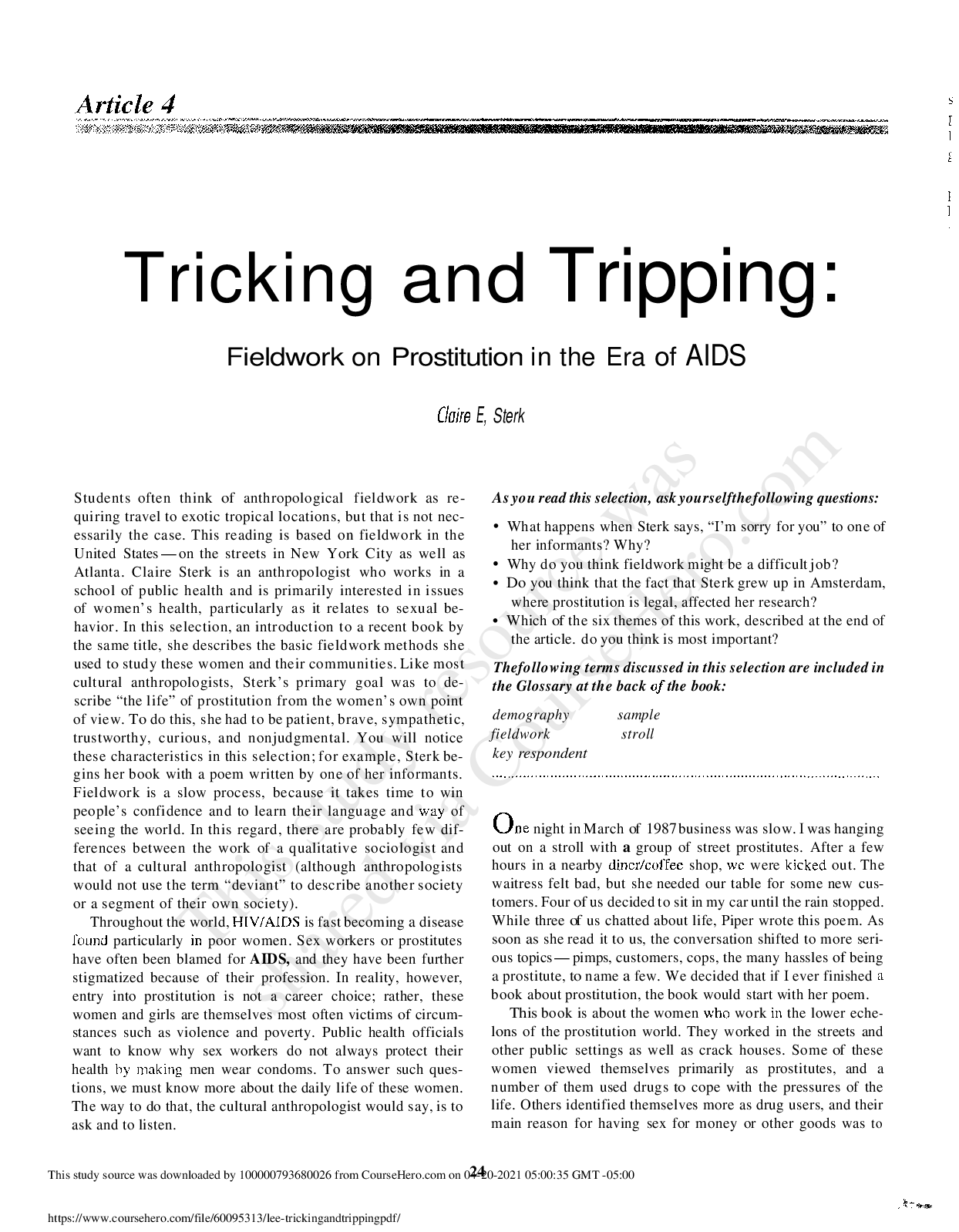
Reviews( 0 )
Document information
Connected school, study & course
About the document
Uploaded On
Apr 20, 2021
Number of pages
6
Written in
Additional information
This document has been written for:
Uploaded
Apr 20, 2021
Downloads
0
Views
80


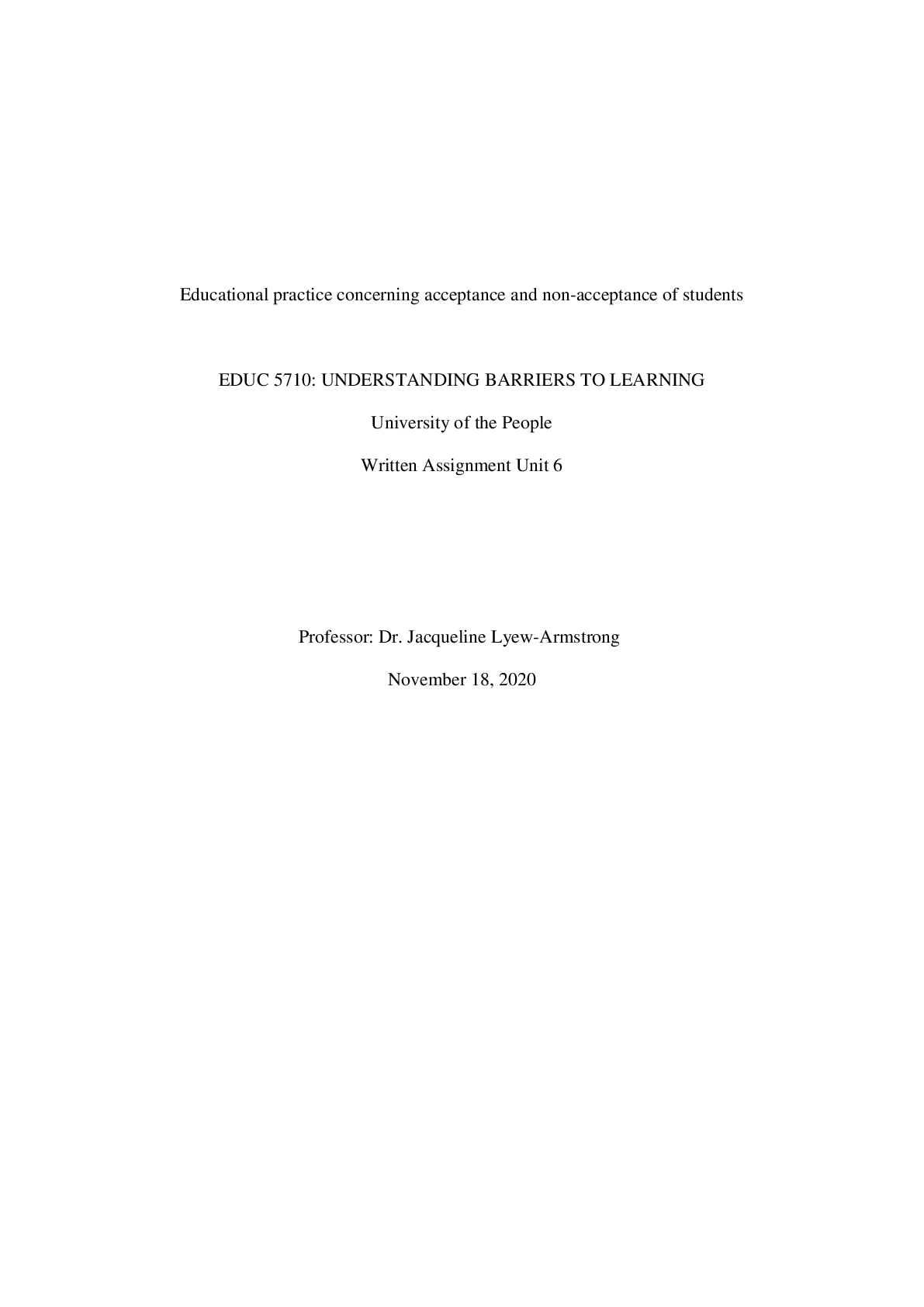

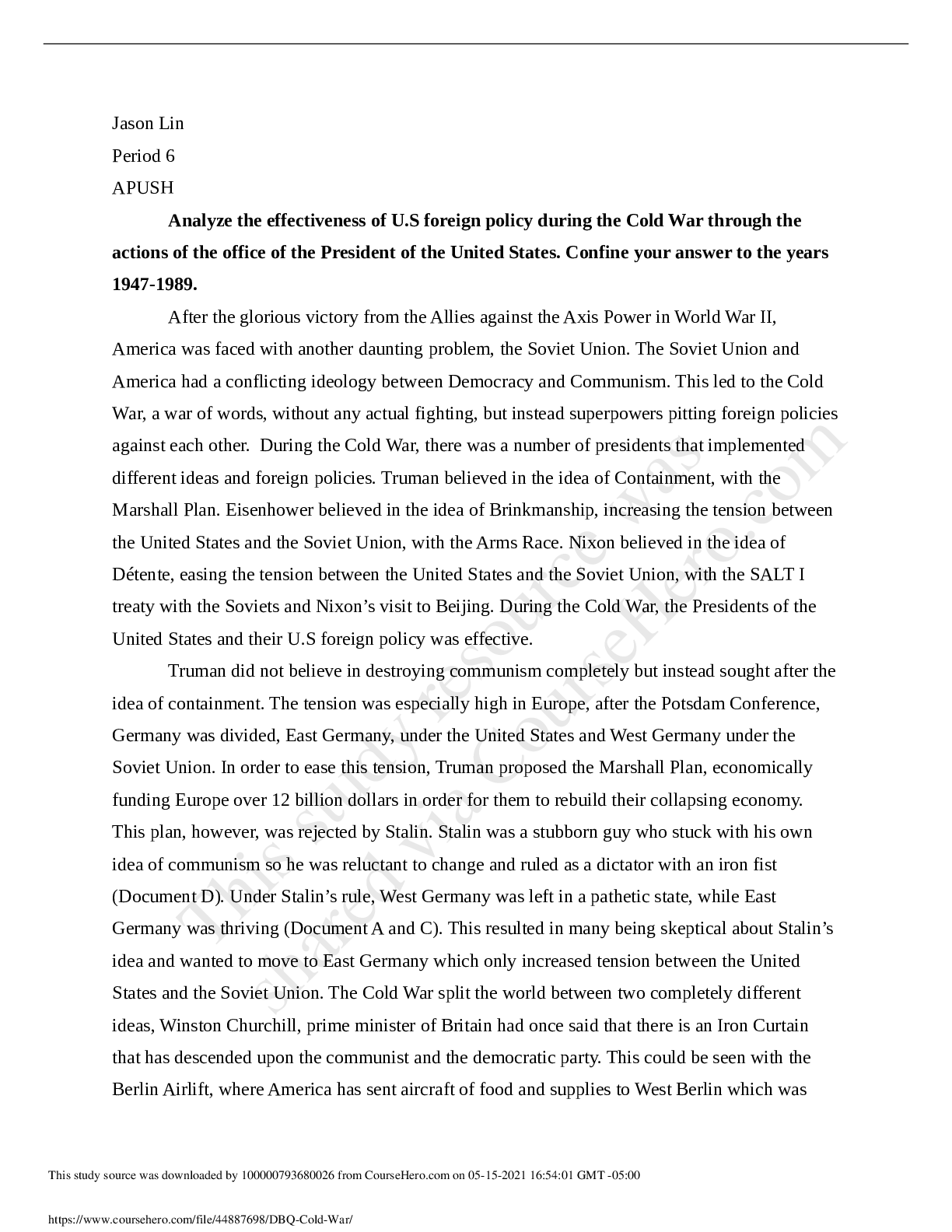
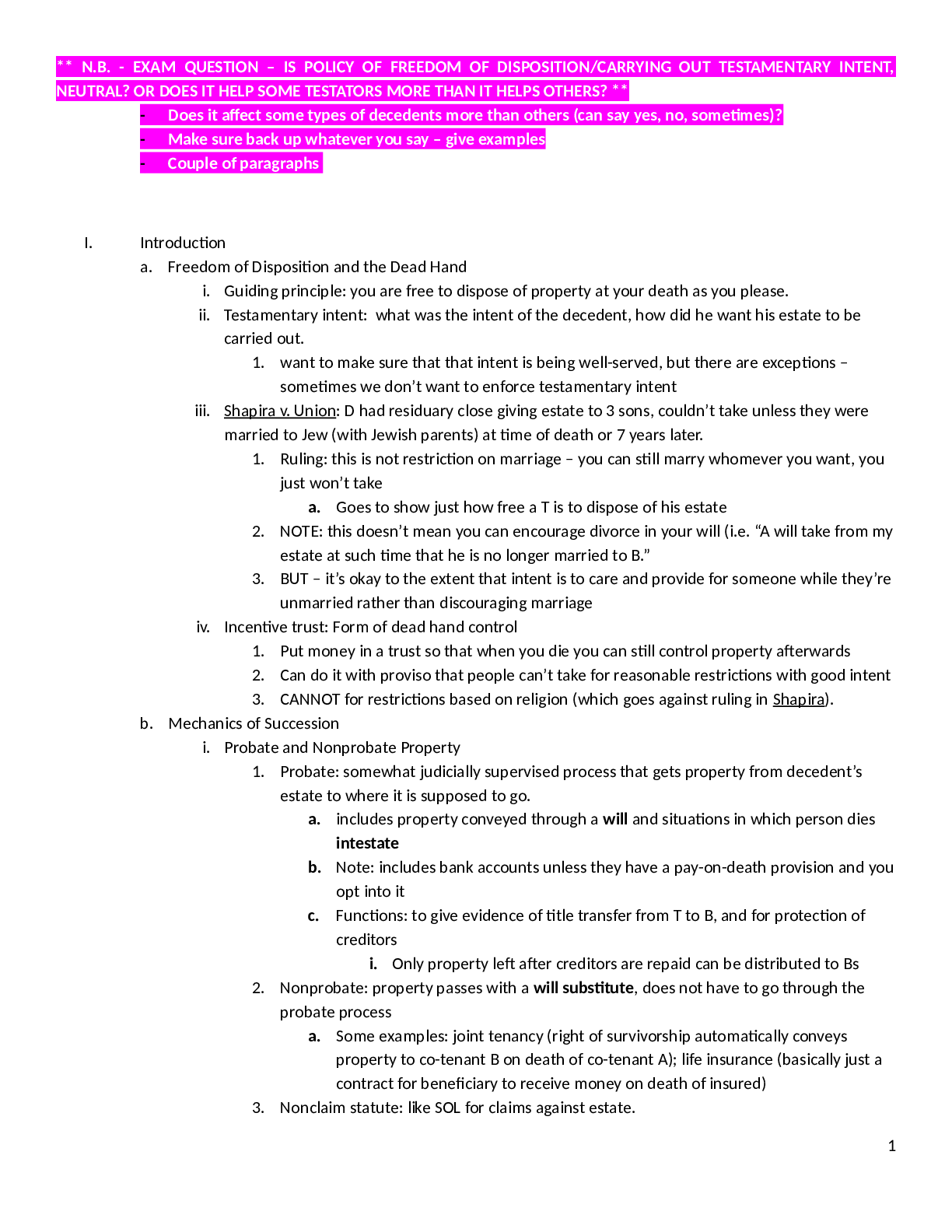
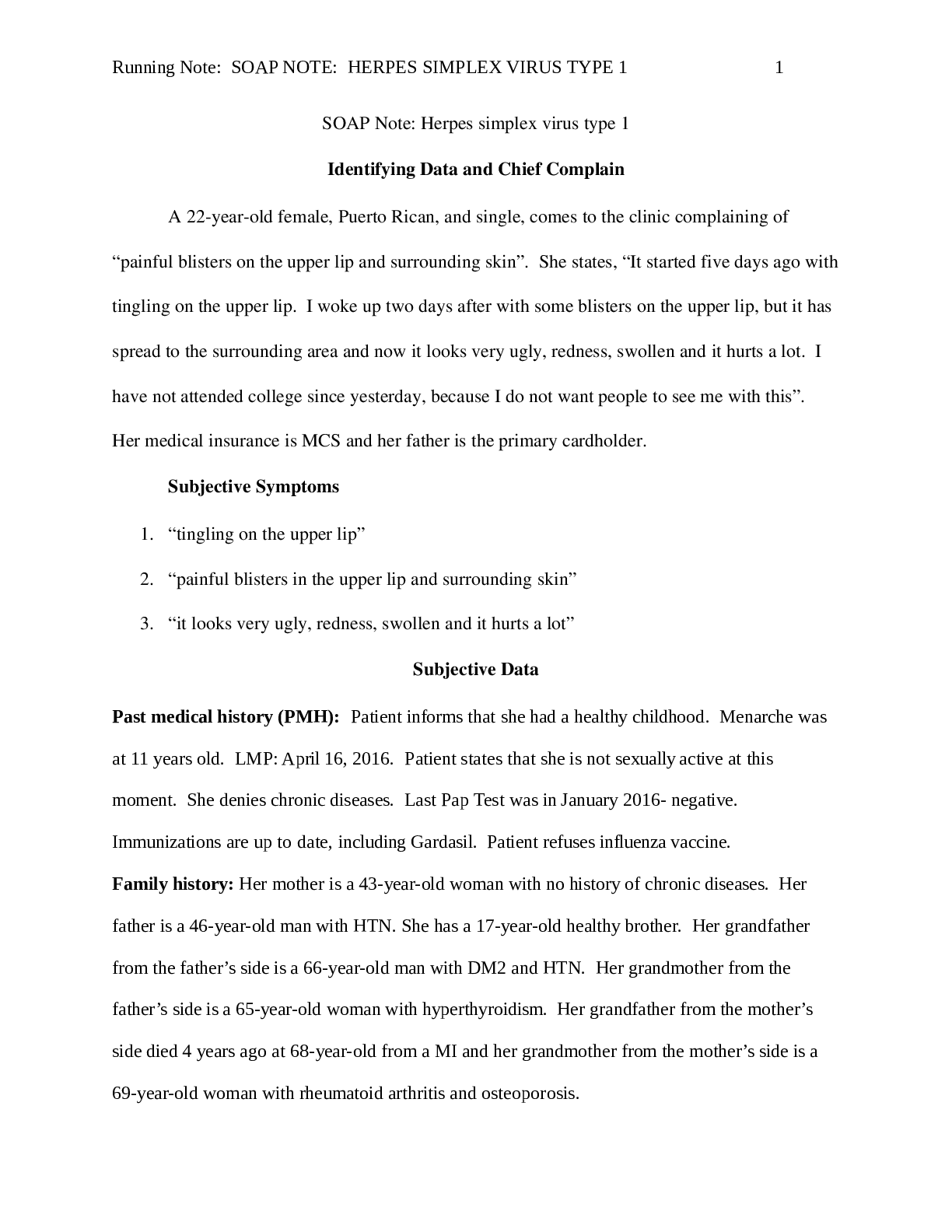








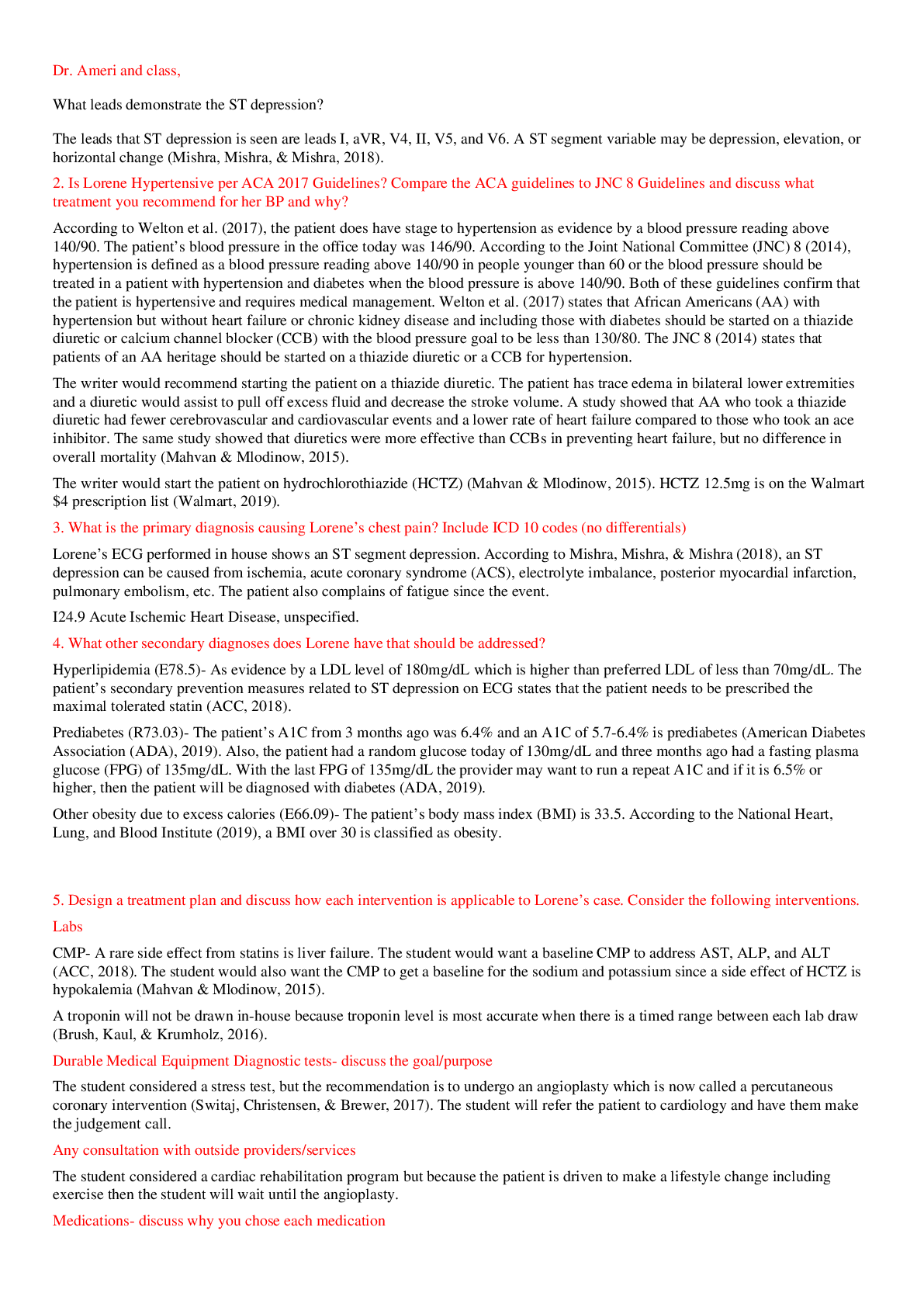
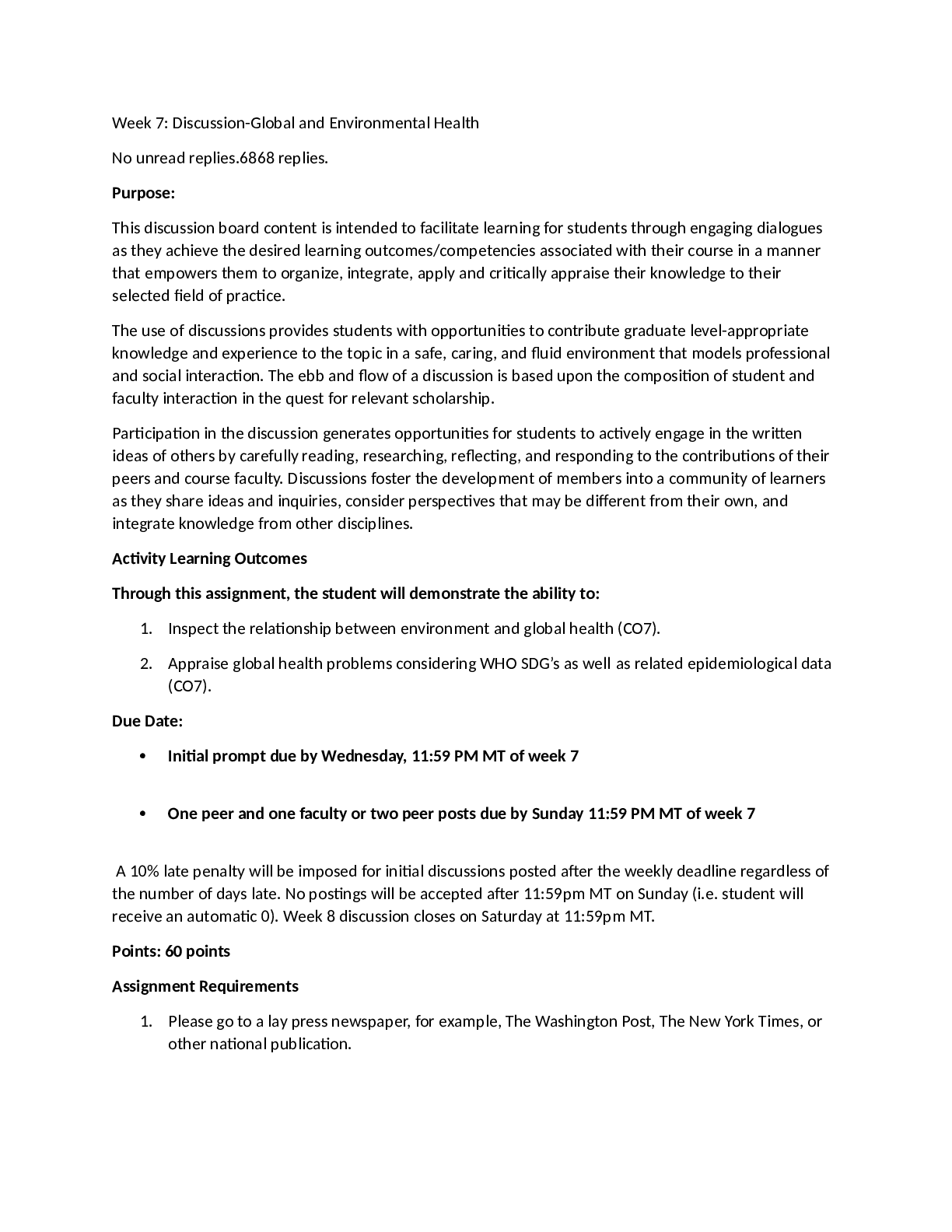

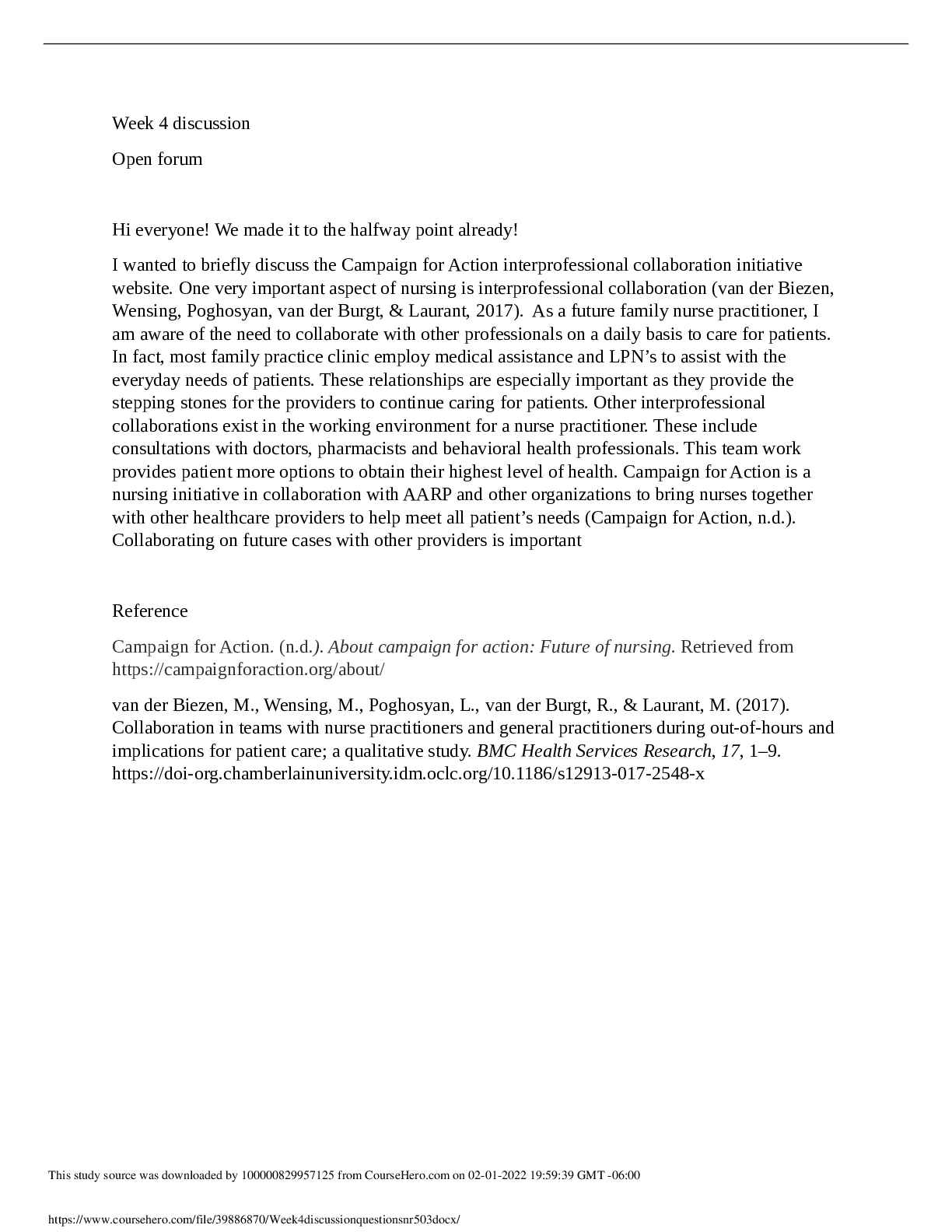

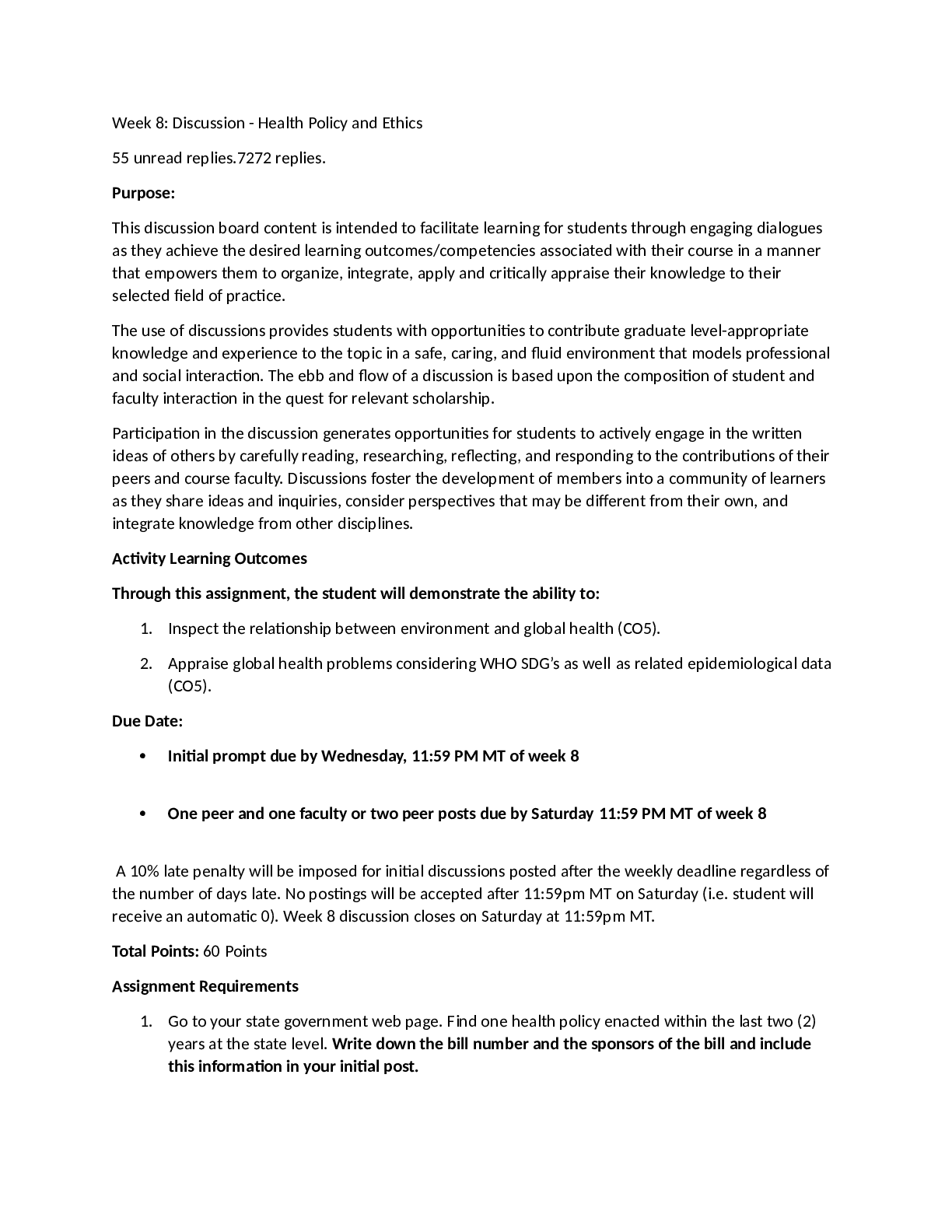



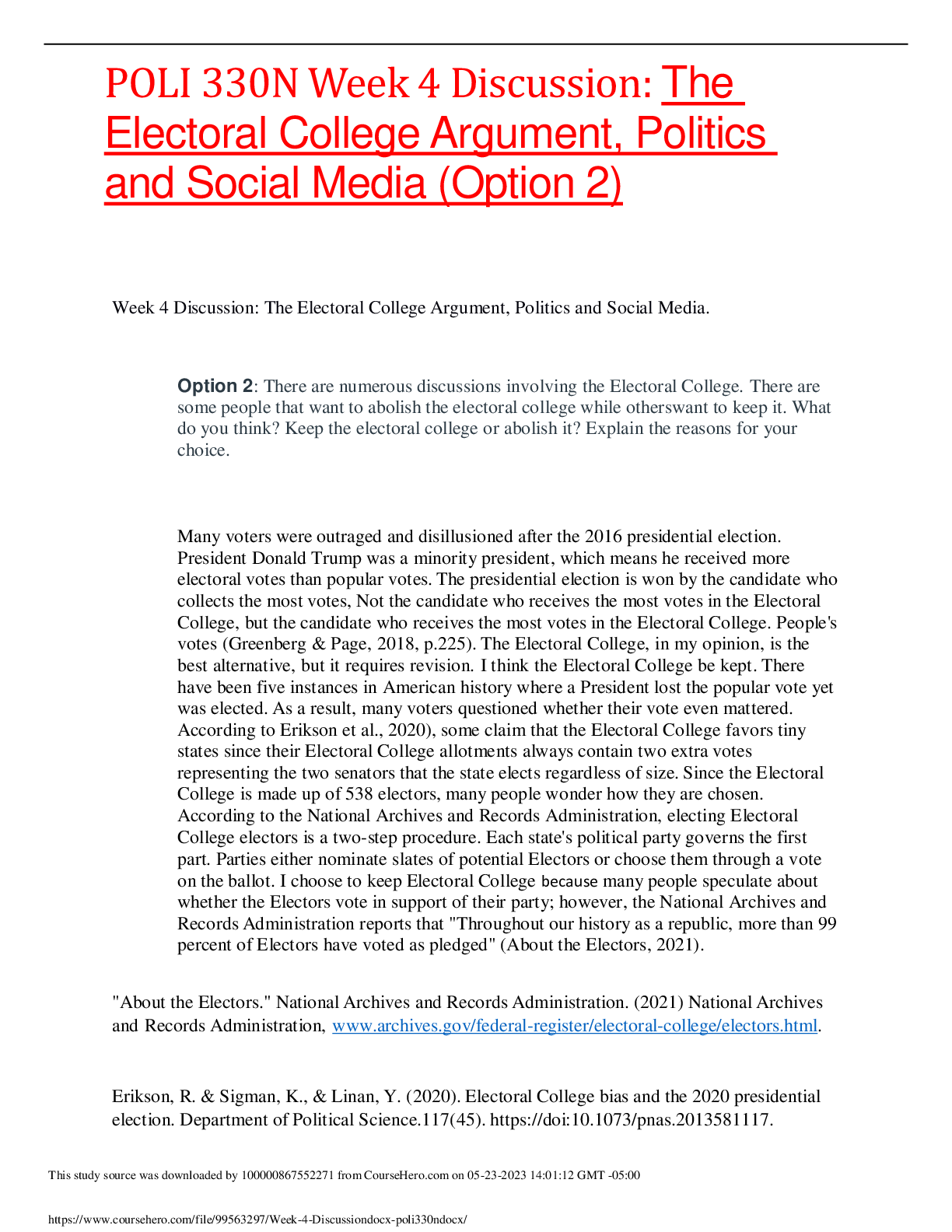

Growth and developmental patterns of toddlers.png)






